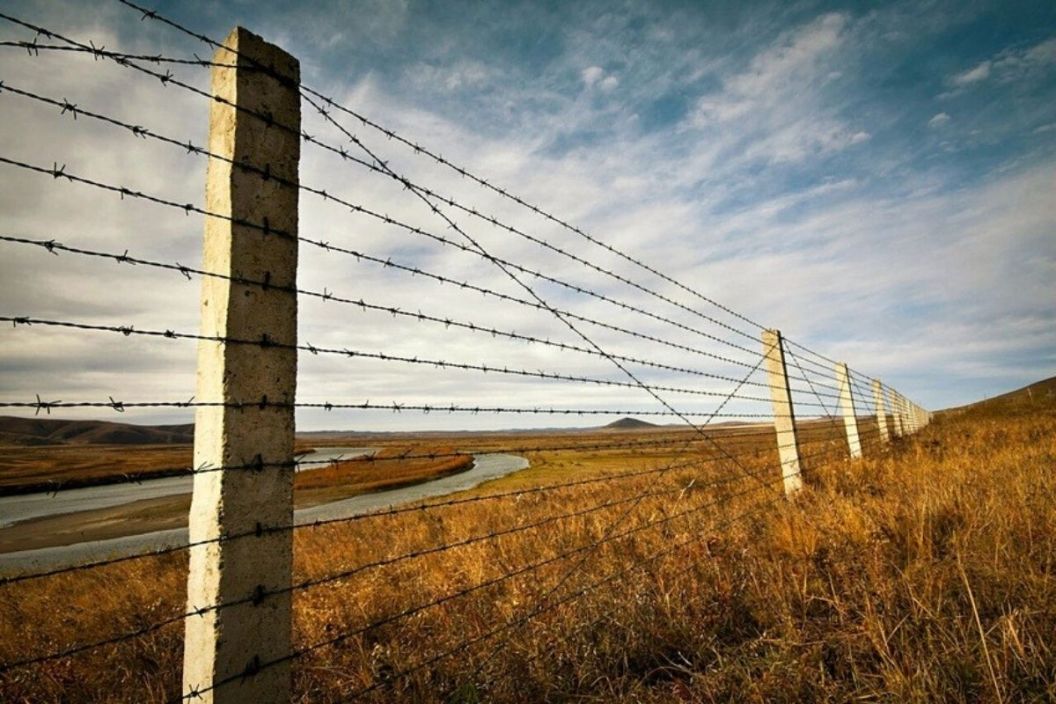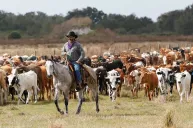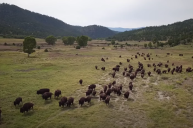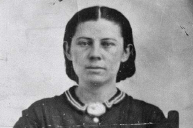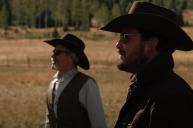The first thing to tame the wild west wasn't a law-abiding sheriff or the winner of a gunfight- it was a man named Joseph F. Glidden. Let's take a look into the history and see what really made the west not so wild.
Videos by Wide Open Country
This History of Barbed Wire
In the late 1800s, Glidden was attending a county fair in De Kalb, Illinois where Henry Rose's single-strand barbed wire was displayed in an exhibit. Glidden took this design back to the drawing table and submitted his own design to the U.S. Patent Office on October 27, 1873- the very first barbed-wire patent.
Glidden's design used two strands of wire twisted together that held the spurs in place. By 1880, more than 80 million pounds of Glidden's barbed wire was sold, making it the most popular wire in the nation. Very quickly farmers and homesteaders discovered that Glidden's wire was the cheapest, strongest, and most durable way to build a fence.
Before this, if a farmer were to build a fence, he would need wooden fence posts and other fencing material. Wood was hard to come by in parts of the west and could be very expensive to ship. According to History.com, a fan of the new wire fence wrote, "it takes no room, exhausts no soil, shades no vegetation, is proof against high winds, makes no snowdrifts, and is both durable and cheap." The new fencing brought farmers a sense of security in their crops. Since they were fenced off, no unwanted cattle could graze on wheat they desperately needed to make a living.
Read More: 5 African-American Cowboys Who Shaped the American West
The simple, yet effective, invention of the barbed wire fence changed the American west, farming, and ranching forever. The Great Plains were a treeless land that allowed cattle to roam freely on the open range. Once a large number of farmers started using the wire fencing, ranchers discovered that cattle drives were no longer a viable option for relocating their cattle to railheads. The fences took some freedom away from cattlemen and ranchers.
The fences also took away the freedom of the land. Native Americans struggled greatly when settlers started fencing off the land. They believed it was an infringement of necessities- as they saw it as public land. Before fencing, the land was for everyone. With the barbed wire, landowners started to believe they held more power than those without land. Ranchers with smaller herds had to sell out to larger ranchers because the resources were becoming so limited to those who were "less fortunate" and did not have enough land to sustain their livestock. Where Native Americans used to freely roam, there were now fences which they called "The Devil's Rope."
I believe that barbed wire fencing was the real end of the wild west and all of its glory.
